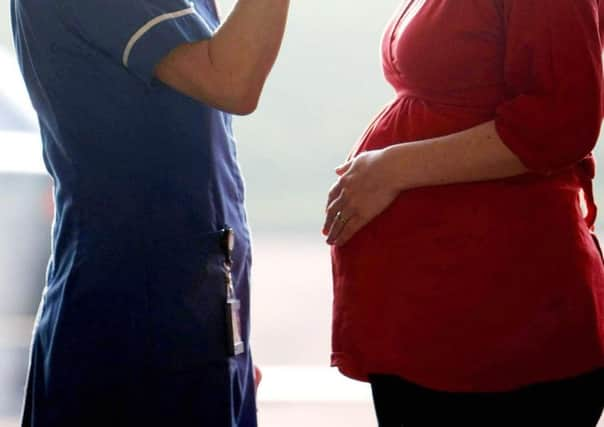'We are at risk of returning to Victorian times with more women dying in childbirth.'


She believes a push for more home births or births at midwifery led units could cause women who experience problems during labour to be at risk.She says: “The STP plans seem to
suggest fewer hospitals so that means people will have to travel further to get the care they need.
Advertisement
Hide AdAdvertisement
Hide Ad“Maternity is already massively underfunded and understaffed across the country and has been for years.
“Women who have no problems and are young and healthy can give birth at home or in a birth centre.
“But when it comes to labour, it can be so unpredictable and you can go from being a healthy individual to dead very quickly.
“The important thing is that any woman, whatever kind of birth she chooses, needs to be able to access acute care quickly should she need it.
Advertisement
Hide AdAdvertisement
Hide Ad“But if the STPs reduce acute care centres and hospitals with A&Es, they won’t be able to do things like blood transfusions and surgery.
“If you are in a hospital that does not have acute services and have complications, you will need to be transferred to one.
“It seems we are going backwards and going back to big hospitals which will not be able to give individual care properly.
“There is a real worry that we will return to Victorian times and more women will die in childbirth.”
Advertisement
Hide AdAdvertisement
Hide AdAn NHS England spokesman said: “The number of midwives has been steadily increasing over the last five years and it is safer than ever to give birth in this country so that - amazingly - research recently published in the Lancet shows that pregnant women now have a lower risk of death than their male partners.”